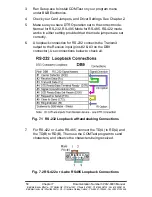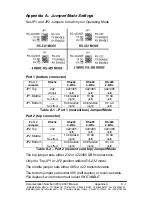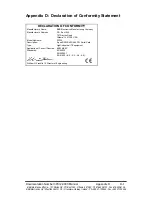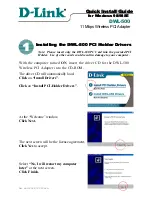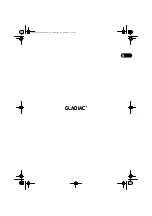
42
Chapter 5
Documentation Number 3PCI2-0903 Manual
B&B Electronics Mfg Co – 707 Dayton Rd - PO Box 1040 - Ottawa IL 61350 - Ph 815-433-5100 - Fax 815-433-5104
B&B Electronics Ltd – Westlink Comm. Pk. – Oranmore, Galway, Ireland – Ph +353 91-792444 – Fax +353 91-792445
Chapter 5:
RS-232 Connections/Operation
The DB-9 male connectors on the card are configured as standard
RS-232 (DTE) serial ports. Table 3 shows the signal names and pin
numbers.
Table 3: RS-232 Pinouts
RS-232 Operation
RS-232 signal lines are referenced to Ground and each signal can
alternate above and below ground by the rated voltage (see
Specifications for RS-232 Transmitter/Receiver). Typical input
voltage levels range from -11 to -3 Volts or +3 to +11 Volts.
The primary RS-232 signals are Transmit (Tx) and Receive (Rx), so
together with Ground, they make a “3-wire” interface.
The RTS and CTS signals are Handshaking lines used to indicate to
the other device that data can be sent or received. These lines may
be enabled or disabled on a byte-by-byte basis and are used to
prevent buffer overrun or the loss of data. Auto hardware support.
Two secondary Handshaking signals are DTR and DSR. They are
usually enabled when the device is powered up and the port is open.
They may be used for flow control by some devices instead of RTS
and CTS.
DCD is used by a modem to indicate Carrier to the computer so data
can be sent/received. RI is output by a modem to indicate that the
phone or FAX line has a incoming call, so it can be handled.
Name
Description
Direction
(DTE)
DB9M
Pin
DCD
Data Carrier Detect
Input
1
RD
Receive Data
Input
2
TD
Transmit Data
Output
3
DTR
Data Terminal Ready
Output
4
GND
Signal Ground
------
5
DSR
Data Set Ready
Input
6
RTS
Request to Send
Output
7
CTS
Clear to Send
Input
8
RI
Ring Indicator
Input
9























